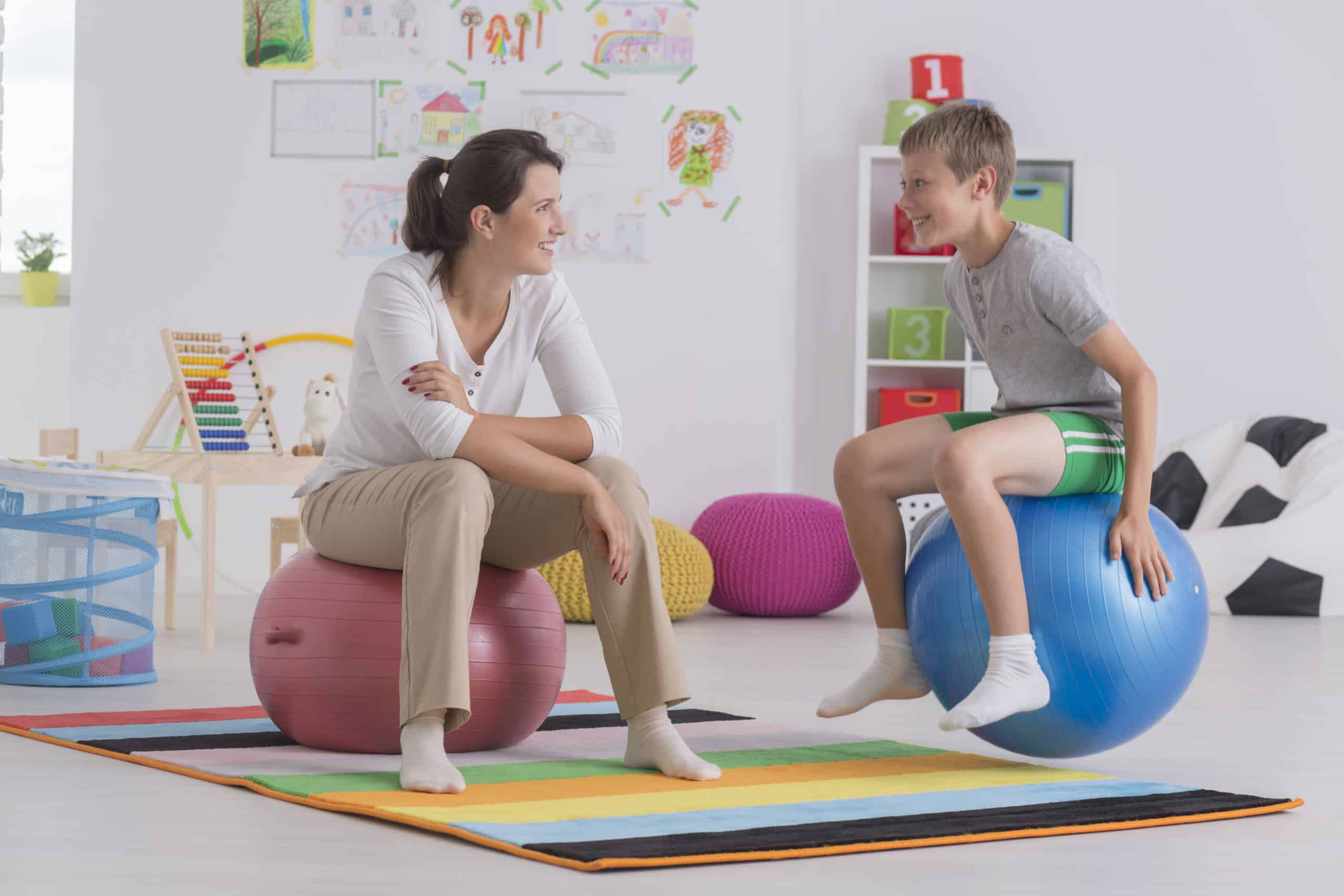A new study from China indicates that while physical exercise can help reduce stereotypic behaviors in children with autism spectrum disorders (ASD), it is important to select exercises that are similar to the behaviors.
In earlier research involving 30 children with ASD, C. Y. Andy Tse and colleagues examined the effects of a ball-tapping exercise on stereotypic behaviors. In the ball-tapping exercise, participants were asked to tap a playground ball as many times as they could for 15 minutes. The researchers found that compared to a control activity (story time), the ball-tapping exercise resulted in significant reductions in hand flapping but not in body rocking.

In a new study involving 21 children with ASD, the researchers compared the effects of ball-tapping and jogging on stereotypic behaviors. This time, the children participated in the ball-tapping activity one day, jogged one day, and spent one day in the control group. The schedule was randomized so the children did not all do the activities in the same order.
The researchers report, “Results revealed that only hand-flapping stereotypic behaviors were significantly reduced in the ball-tapping exercise, while only body-rocking stereotypic behaviors were significantly reduced in the jogging exercise condition.” Reductions in stereotypic behavior lasted approximately 45 minutes.
The researchers conclude, “Physical exercise should be topographically matched with stereotypic behavior in order to produce desirable behavioral benefits in children with ASD.”
—
“Investigating the matching relationship between physical exercise and stereotypic behavior in children with autism,” Andy C. Y. Tse, Venus H. L. Liu, and Paul H. Lee, Medicine and Science in Sports and Exercise, September 25, 2020 (epub prior to print publication). Address: Andy C. Y. Tse, Department of Health and Physical Education, The Education University of Hong Kong, Hong Kong, China, [email protected].
—see also—
“Choosing an appropriate physical exercise to reduce stereotypic behavior in children with autism spectrum disorders: a non-randomized crossover study,” C. Y. Andy Tse, C. L. Pang, and Paul H. Lee, Journal of Autism and Developmental Disorders, Vol. 48, 2018, 1666-1672. See address above.
This article originally appeared in Autism Research Review International, Vol. 34, No. 4, 2020
Editorial – Fecal Microbiota Transplantation and Autism
Over the past several years, Fecal Microbiota Transplantation (FMT) has become the subject of growing interest in the autism community due, at least in part, to the increased awareness of the gut-brain
ARI’s Latest Accomplishments
Connecting investigators, professionals, parents, and autistic people worldwide is essential for effective advocacy. Throughout 2023, we continued our work offering focus on education while funding and support research on genetics, neurology, co-occurring medical
Biomarkers start telling us a story: Autism pathophysiology revisited
Antonio Persico, MD, a recent ARI Research Grant recipient, explores the role of biomarkers in understanding autism pathophysiology. He discusses the complexity inherent to neurodevelopmental conditions and emphasizes the need to combine




